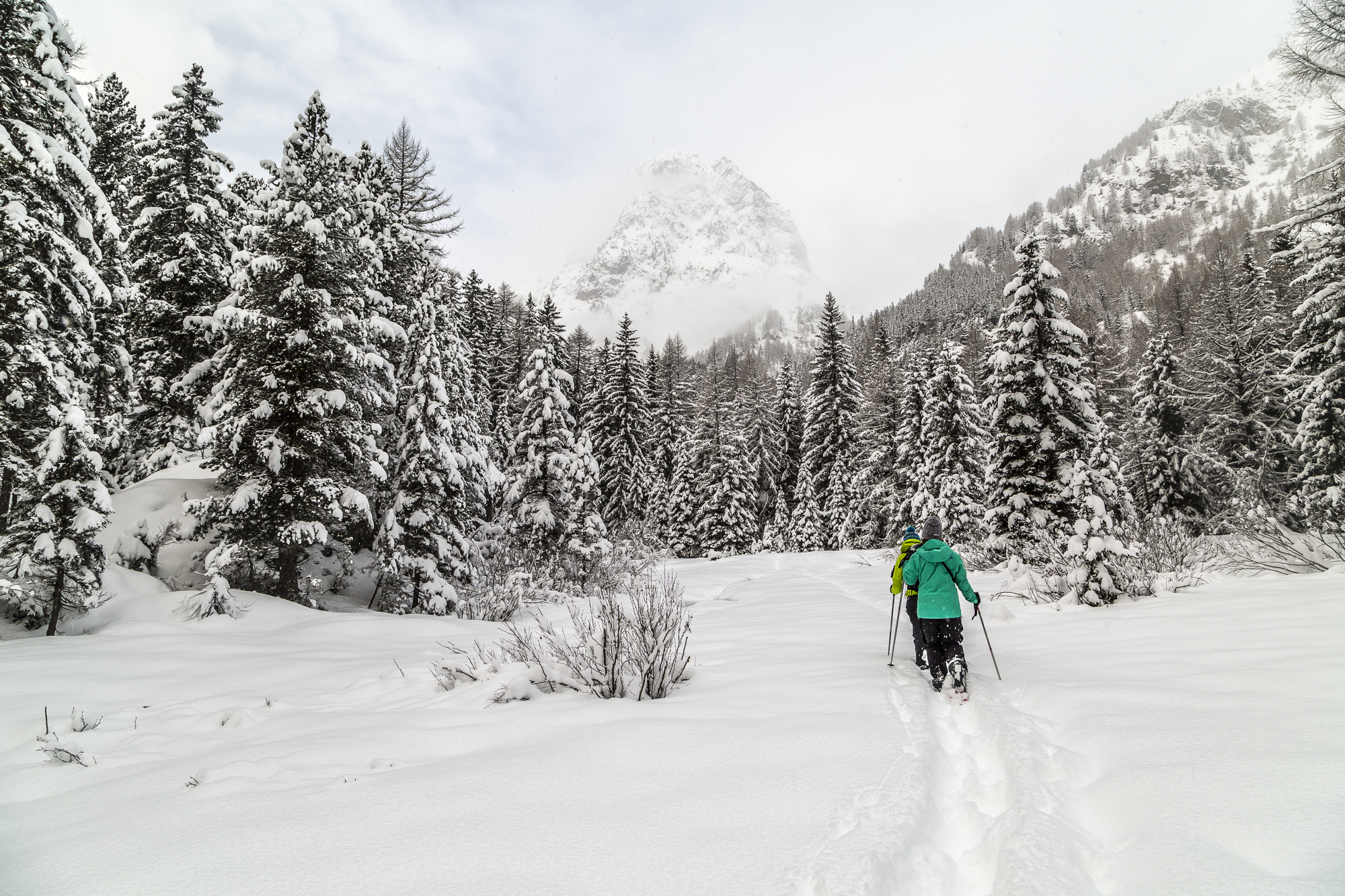
Mont-Blanc Express – winter fun directly
Sometimes, at the end of a journey, you realize that the opposite way would have been more consistent. At least that’s what went through my head last weekend in Chamonix. Although the ski resort of Chamonix is only a stone’s throw away from Switzerland on the map, like so many international tourists, we arrived via Geneva Airport. We managed the first stage from Zurich to Geneva Airport by train. When we arrived at Genève Aéroport, we had to find our shuttle meeting point in the arrivals hall of the airport. Geneva Airport is a popular starting point for ski holidays in the French Alps in winter. If you land here, one of the many shuttle providers will take you directly to your hotel. Pretty handy, actually. We also reach our accommodation in Chamonix after about 1.5 hours in a minibus.
Nevertheless, there would be a much more elegant and scenically interesting way to travel to the Haute-Savoie region for those travelling by train from Switzerland. The Mont-Blanc Express runs hourly from Martigny directly to Chamonix. There are even plans for the connection to be offered every half hour in the future. How could I have missed this form of travel? Well, so be it. Instead, we got on the train in Chamonix and drove the route in the opposite direction. But I’ll tell you the other way around and take you on a beautiful train ride through the Swiss-French border region.
From Martigny, the train winds its way uphill on a spectacular route through the Trient Gorge. After crossing the border in Châtelard, we reach the first foothills of the Mont-Blanc massif. Our first stop is in the elongated village of Vallorcine. The fact that the term “express” is not to be taken literally is noticeable as a traveler from the many “stops on demand” on the way. Practically every hamlet has its own small train station. We also take advantage of this opportunity and get off in the district of Le Buet.
Vallorcine – Pure Natur
Together with Claire from the Compagnie des Guides de Chamonix, we want to explore part of the Reserve Naturelle Nationale du Vallon de Bérard. Le Buet welcomes us with a cloudy sky. Scattered snowflakes dance around our heads. What a wonderful atmosphere to trudge through the freshly snow-covered landscape. Le Buet itself has a drag lift and a practice slope. Otherwise, there is no winter sports infrastructure to disturb the nature experience. If you come here, you will find silence and pure nature. As soon as we have strapped the snowshoes to our feet, Claire leads us into the deep snow. Step by step we trudge through the fresh powder splendour towards the striking mountain peak of the Aiguille de Loriaz. Every now and then we have to stop briefly because a pretty chalet jumps in front of my camera lens. In the old chalets, the influence of the Walser people is visible, who also settled this valley. It is striking that many old granaries have been carefully renovated and are now used as beautiful holiday homes. We partly follow a marked snowshoe trail. Nevertheless, if you want to get off the beaten track here, you are advised to explore the area with a local guide. The Compagnie des Guides runs daily guided snowshoe tours of various levels of difficulty. The minimum group size is three people, with a maximum of eight people. On fixed days, moonlight tours are also offered with a fondue party in a mountain hut. An overview of the marked trails can be found here: Hikes in winter
“If we’re lucky, we might see deer or deer,” Claire told us at the beginning of the tour. Luck doesn’t seem to be on our side that day. Probably the three of us disturb the peace in the forest much too much. Only two cute squirrels are not impressed at all and hop around happily in the snow.
After about two hours and a few meters of altitude up and down, we return to Le Buet. The idyllically situated chalets and the loose fir forest have conquered my heart in no time. The area is certainly a wonderful hiker’s paradise even in late summer and is temptingly close to Switzerland. After the clouds have cleared at the end of our tour, we can even look over to Switzerland.
Argentière – flying
high
The Mont-Blanc Express now takes you under the Col des Montets to the next stop. Argentière, starting point for the Grand Montets ski area, which is part of the Chamonix ski association. A stop here is worthwhile not only because of the idyllic town centre with the striking church in front of the steep mountain flanks. There are wonderful winter hiking trails through snow-covered fir forests, which are signposted and can be explored on your own without a guide. If you like to walk, you can also hike here in winter on the valley path to Chamonix. This takes about two hours.
Chamonix – Arrival in the mountain town
After a short tour of Argentière, we take the Mont-Blanc Express again for the last stage. After about 20 minutes we arrive at Chamonix train station. I’ll tell you what arguments the holiday resort at the foot of the highest mountain in the Alps scores with in winter in the next post.
Note: This trip was supported by Chamonix Mont-Blanc and Atout France – Thank you very much for this. As always, my readers can be sure that I always represent my views and enthusiasm here.


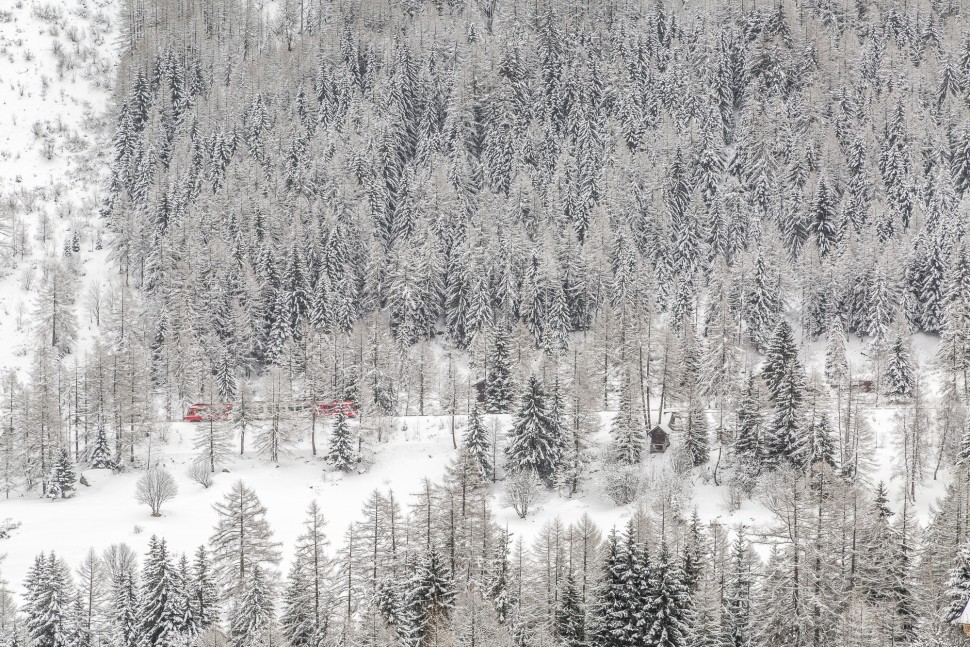
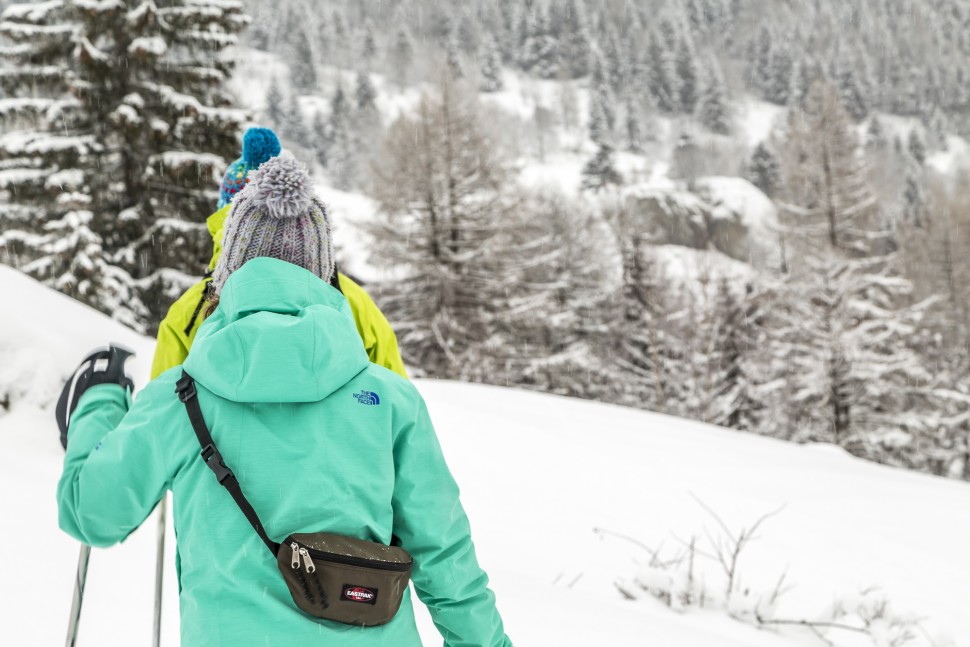
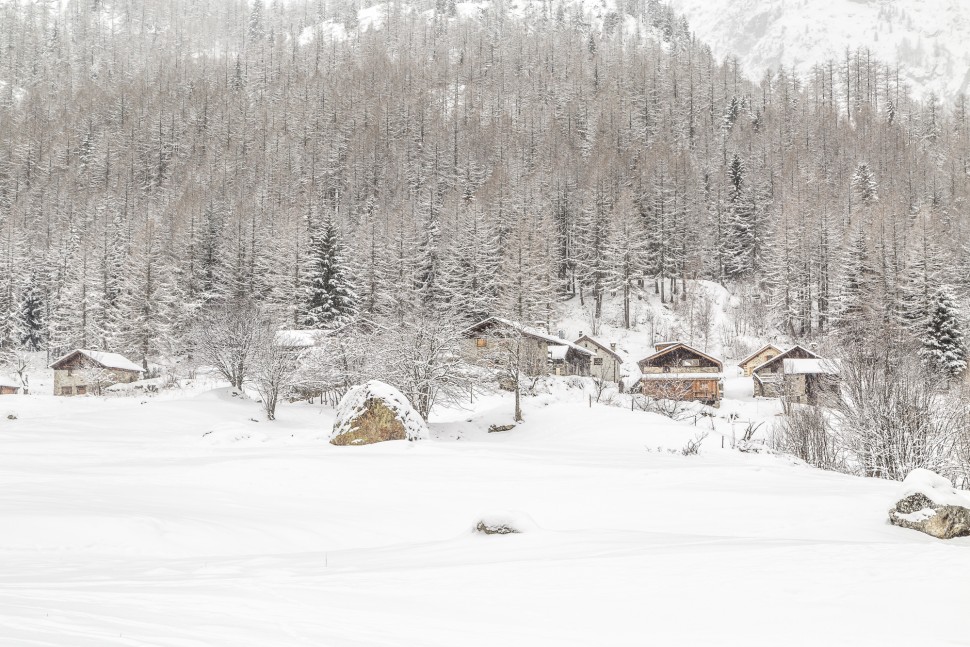
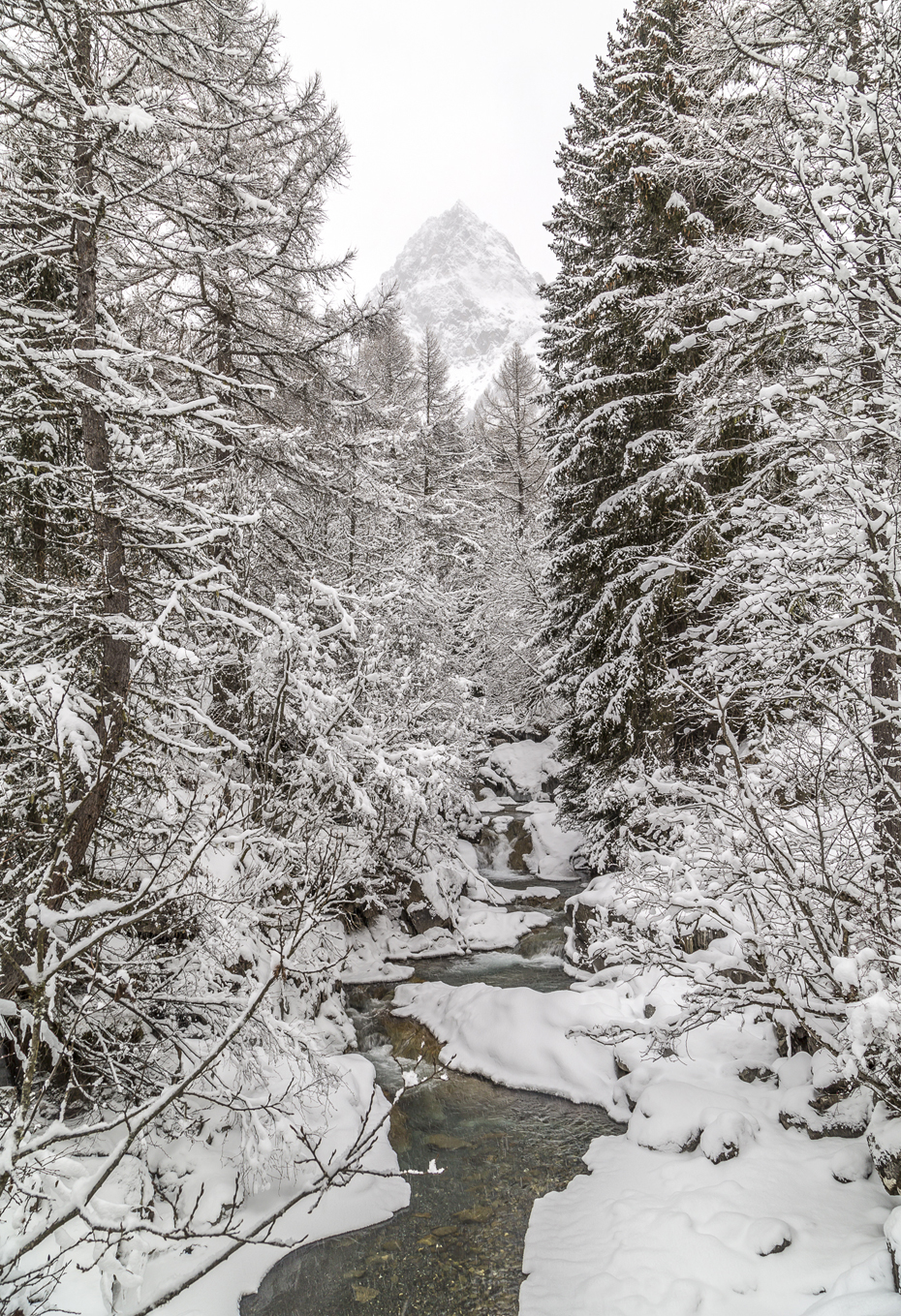
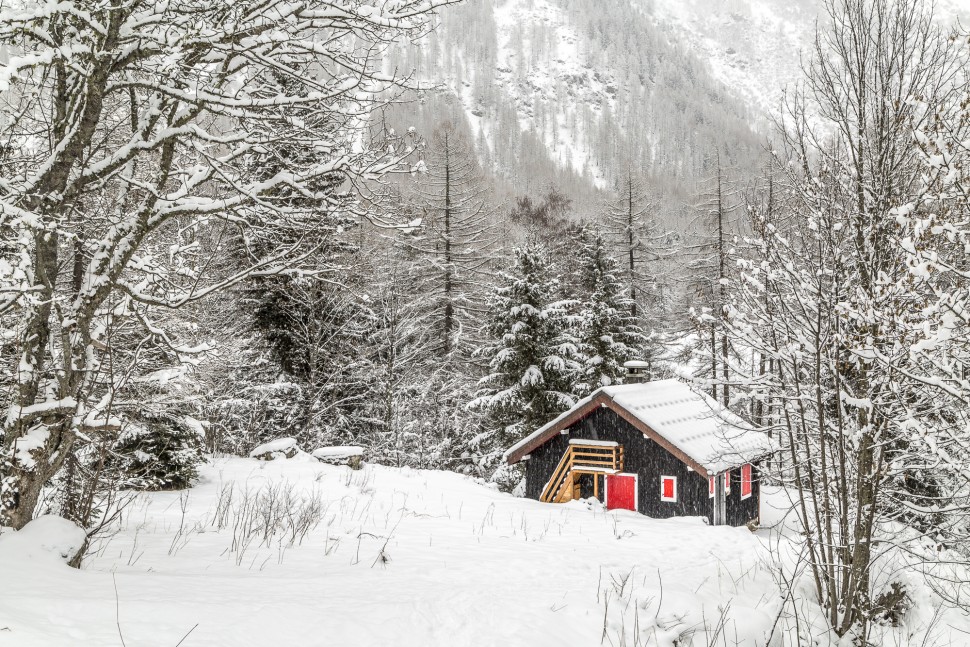
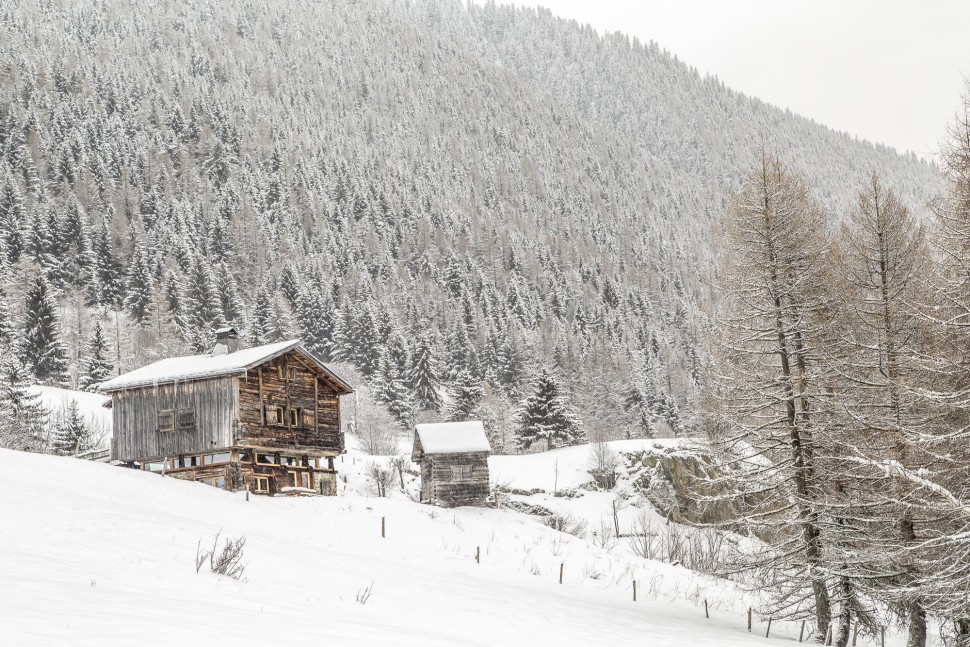
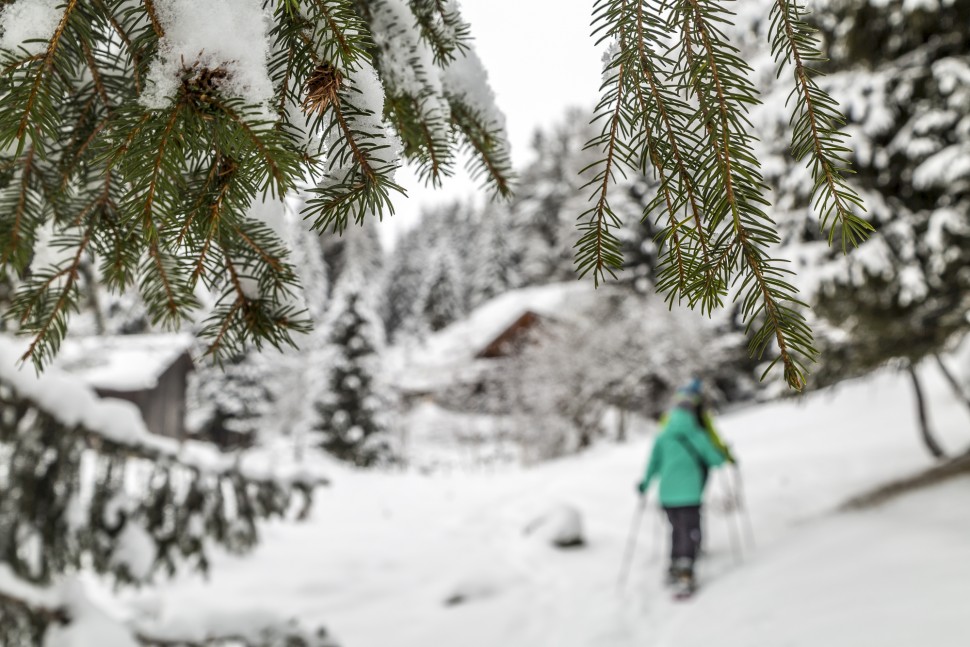
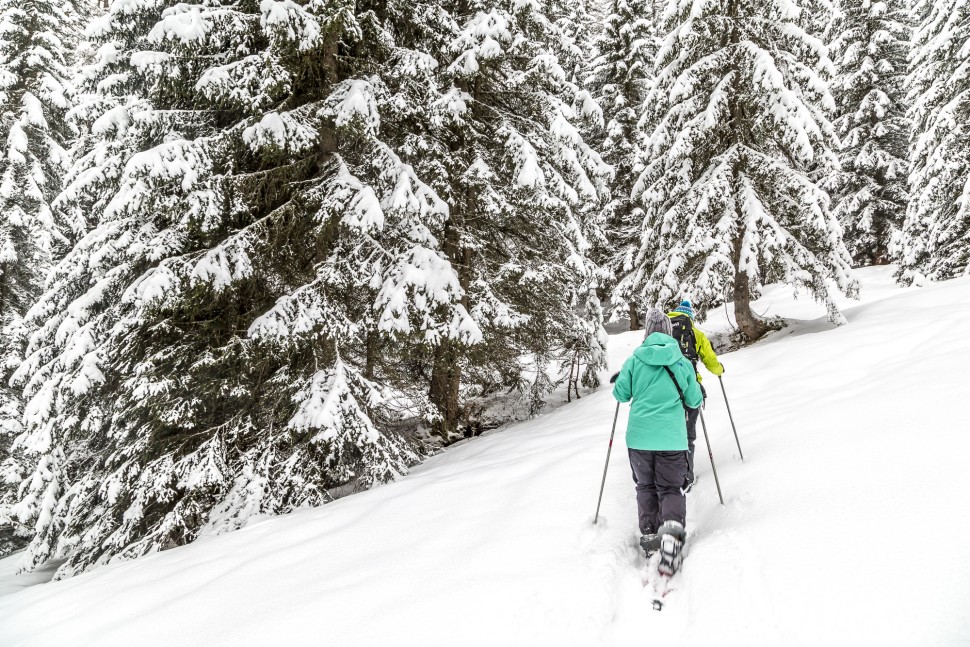
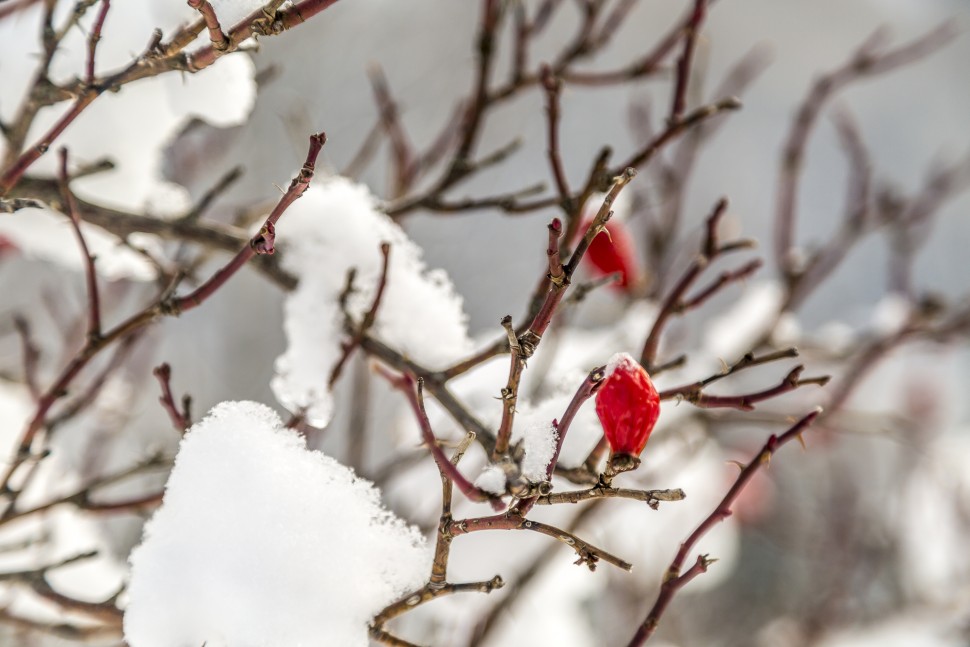
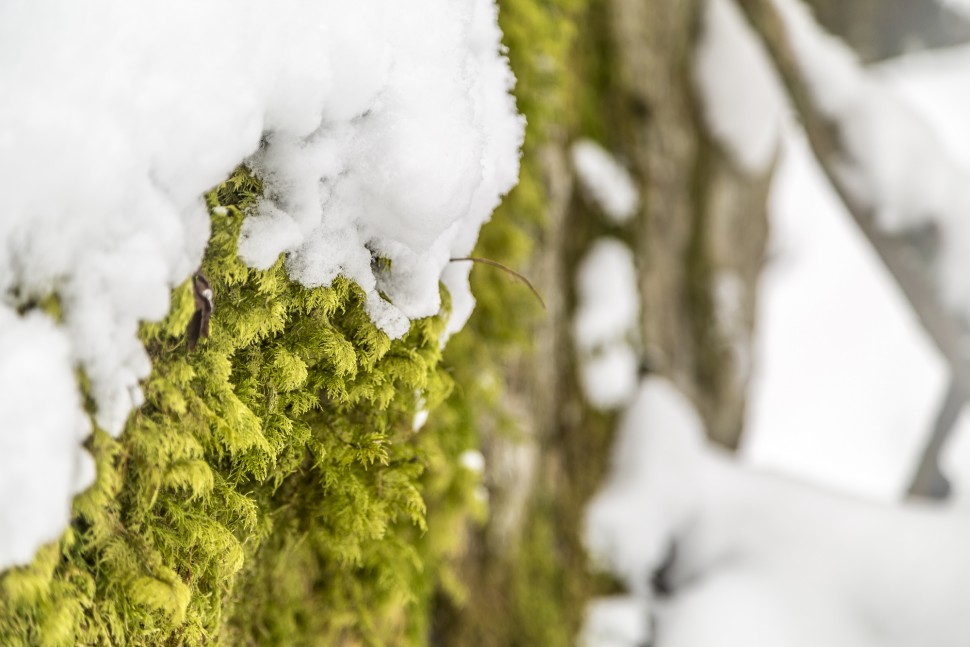
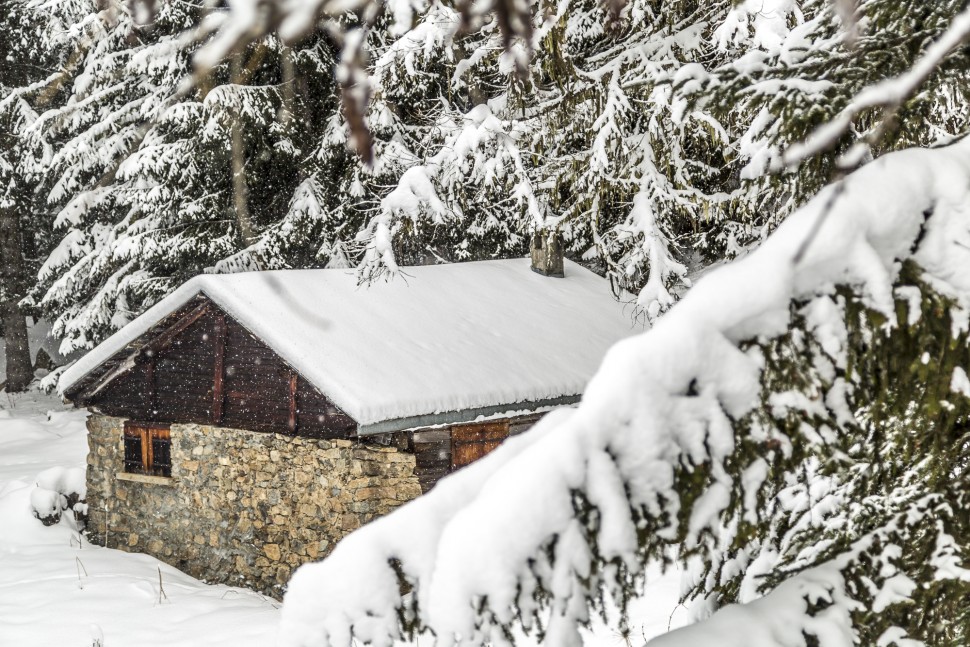
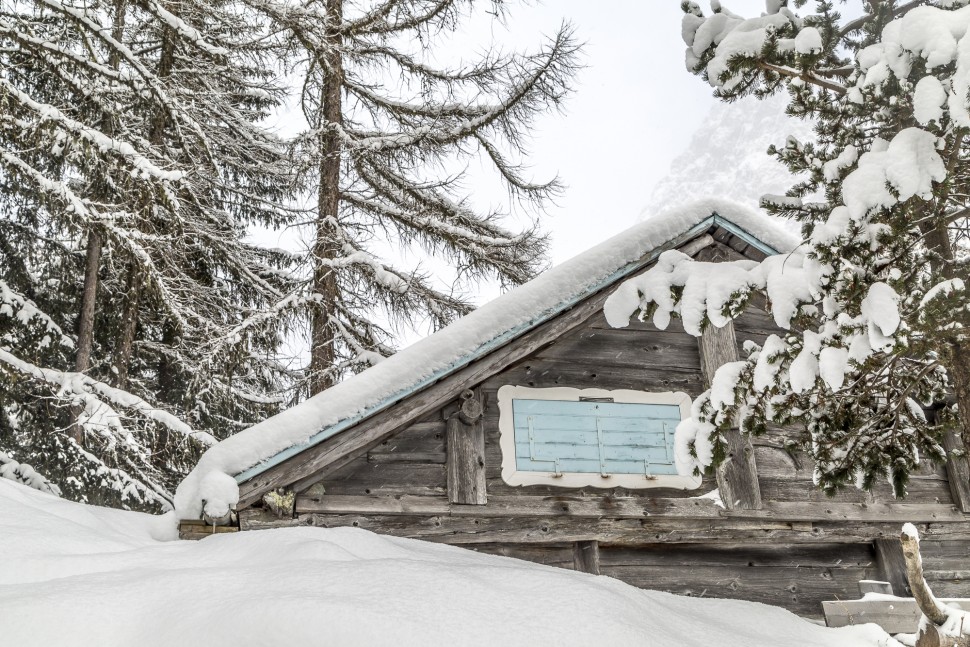
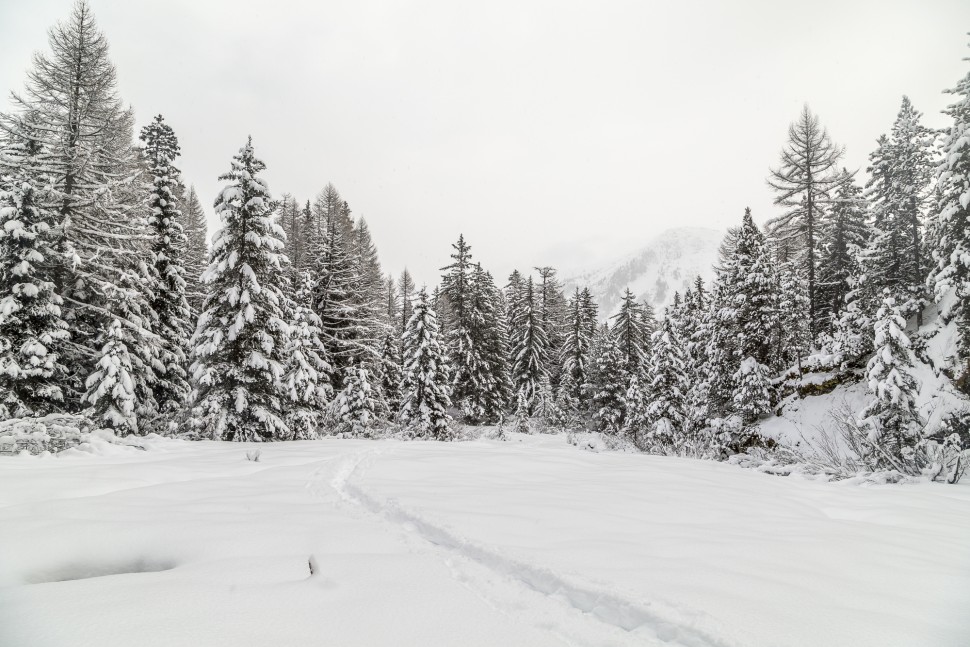
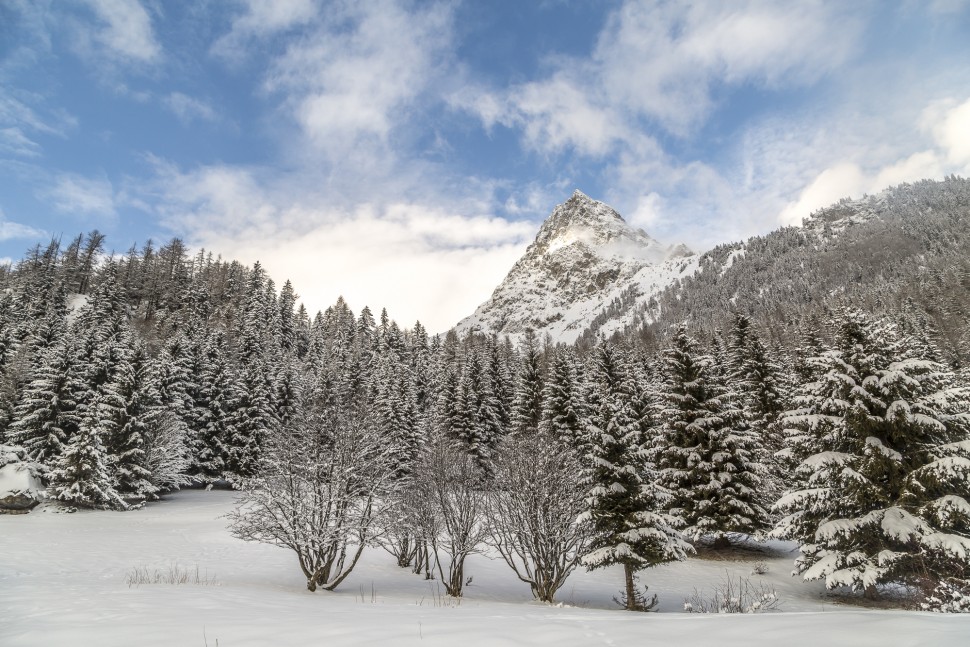
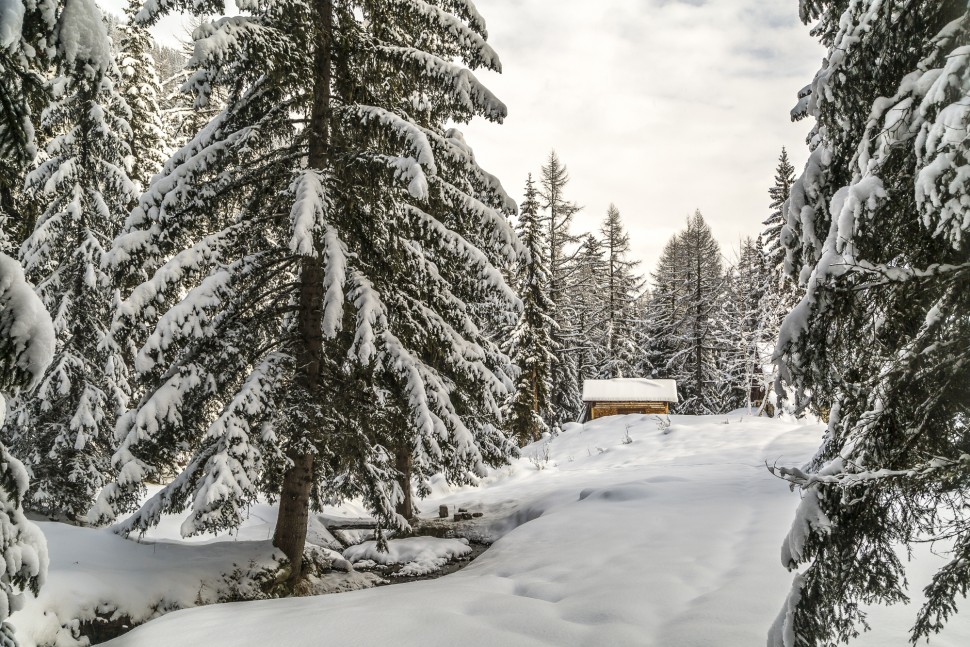

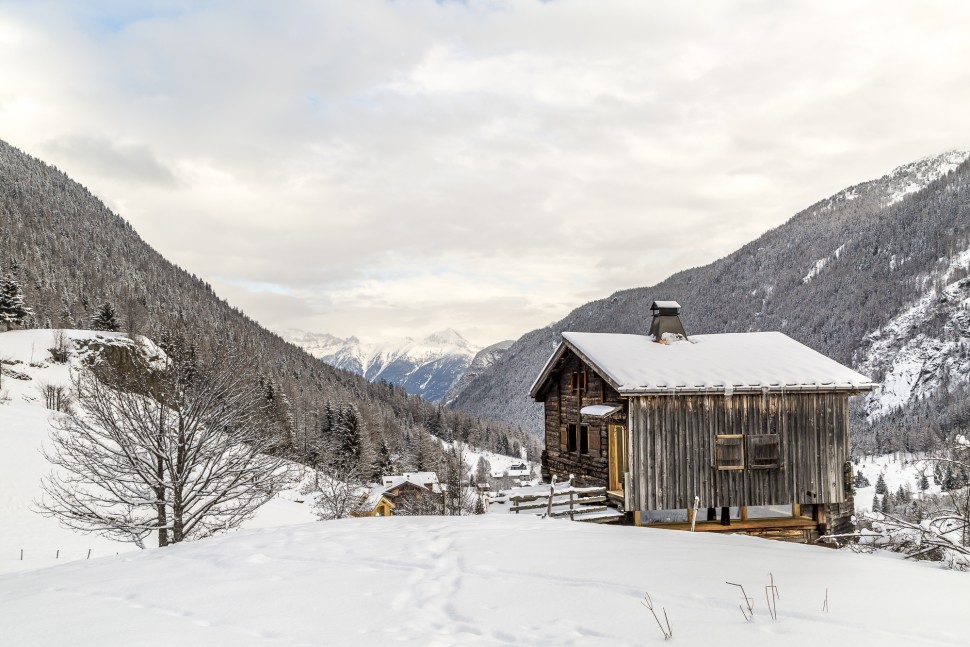
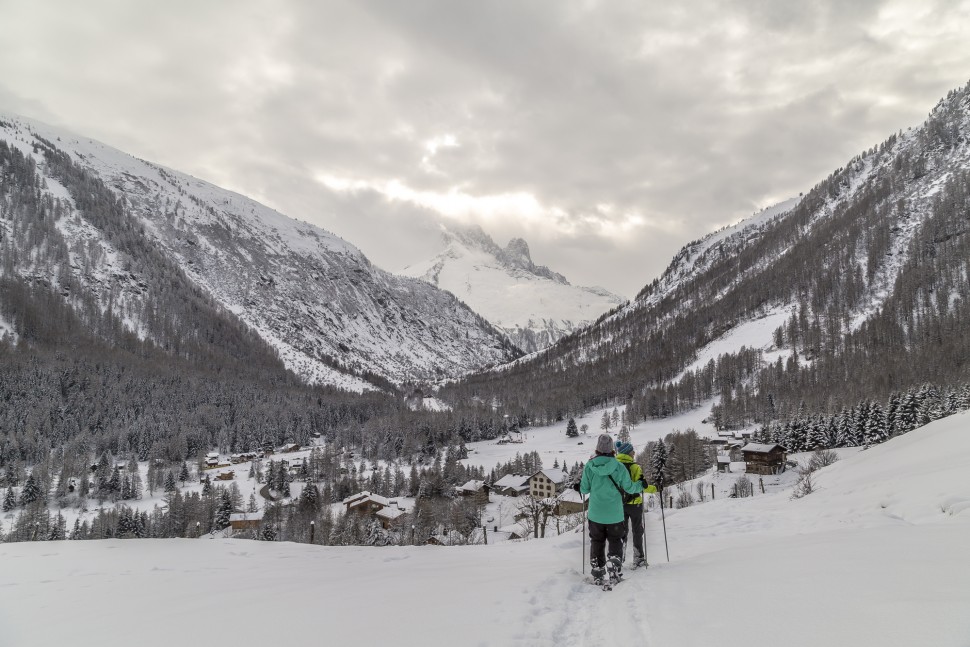
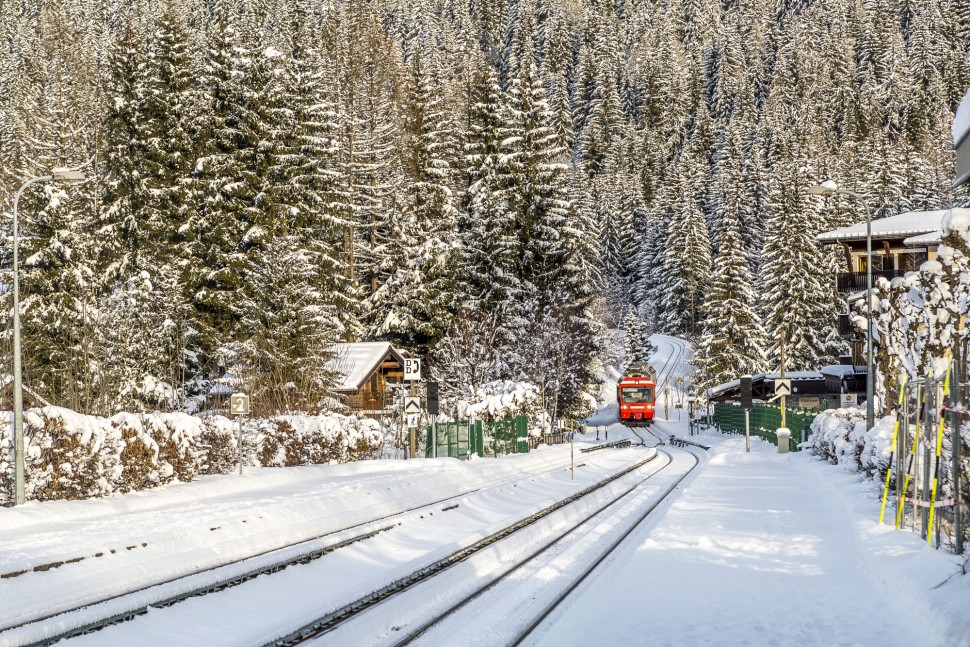
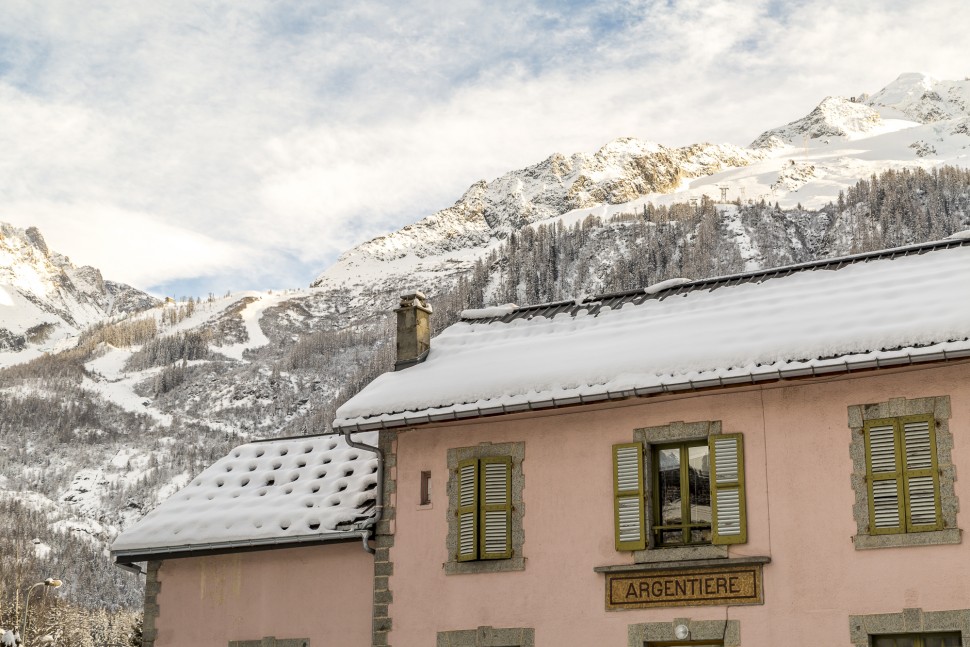
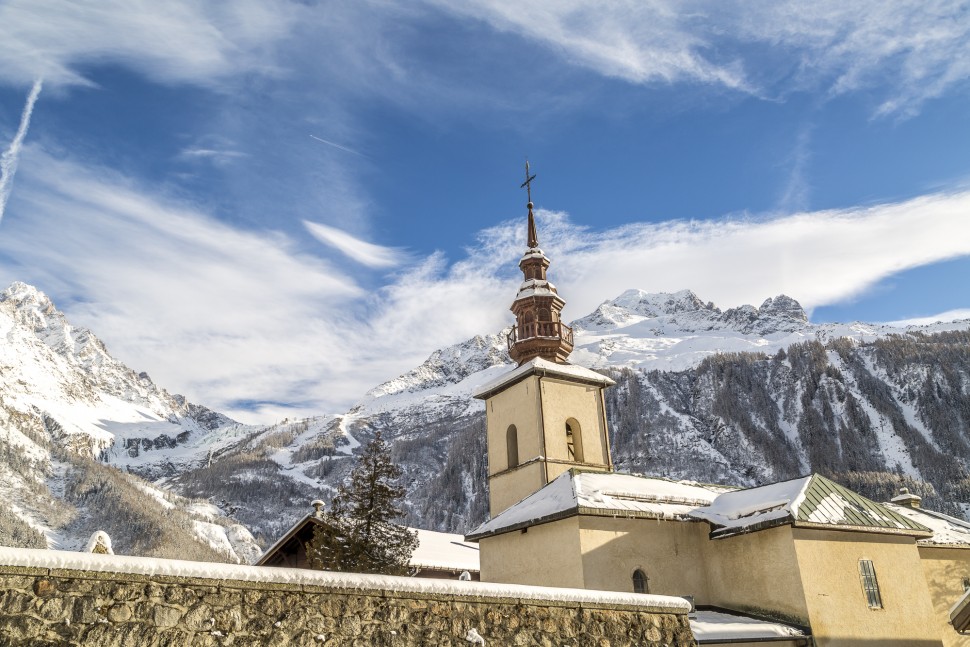
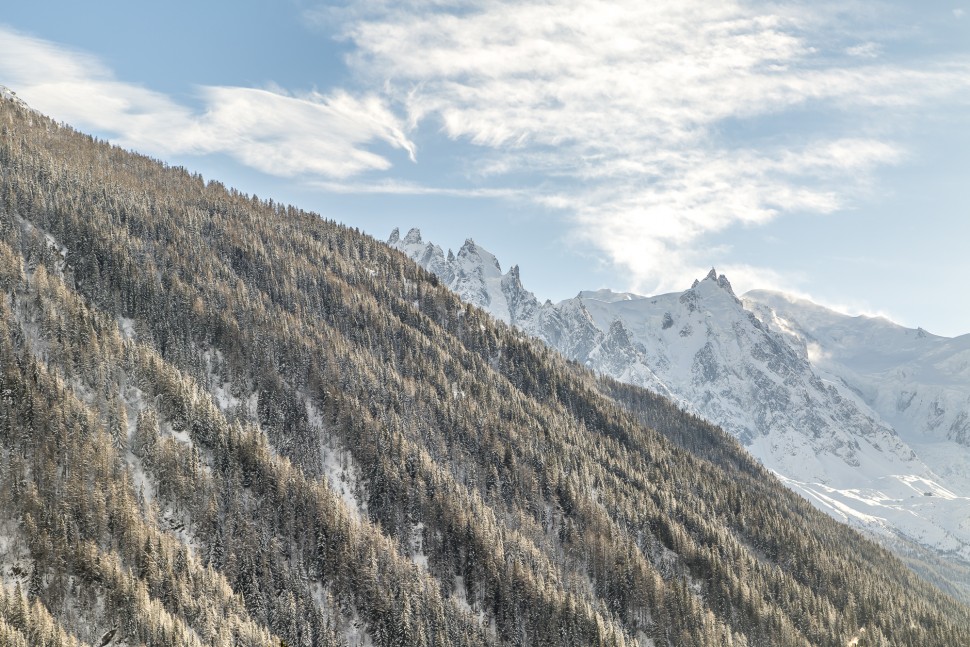
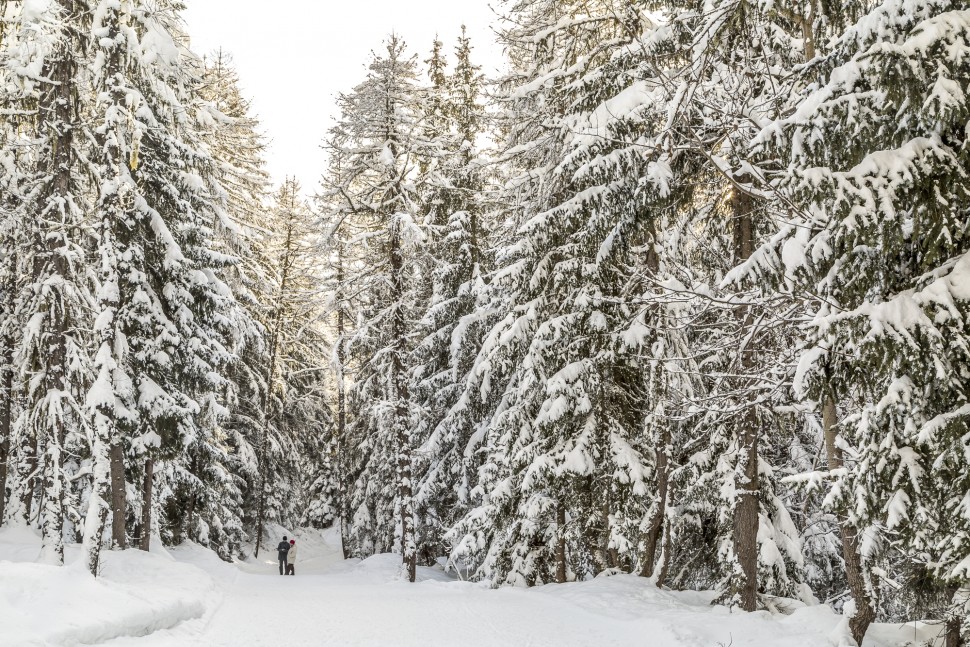
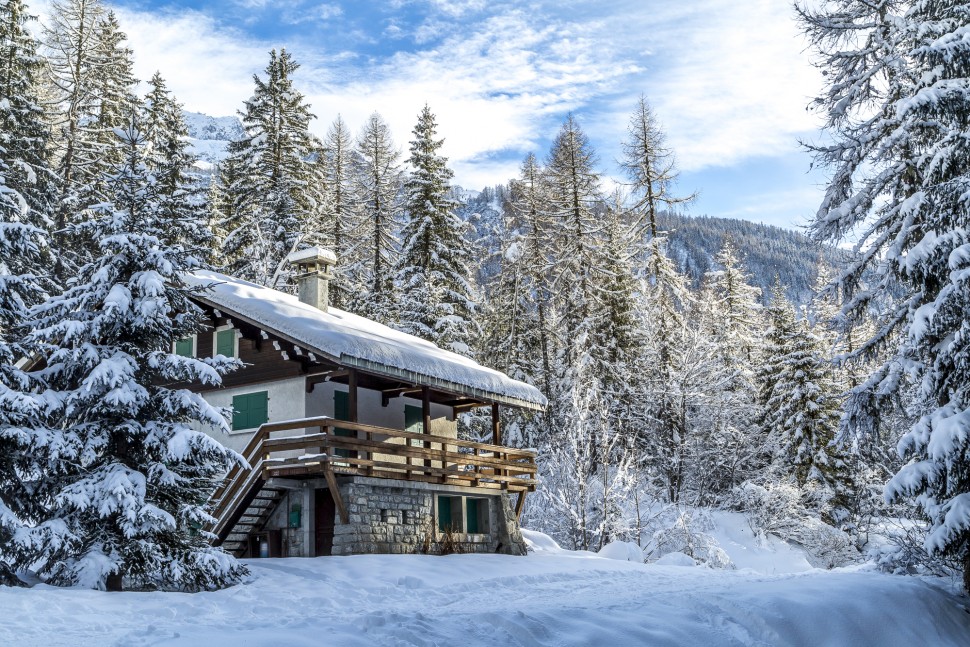
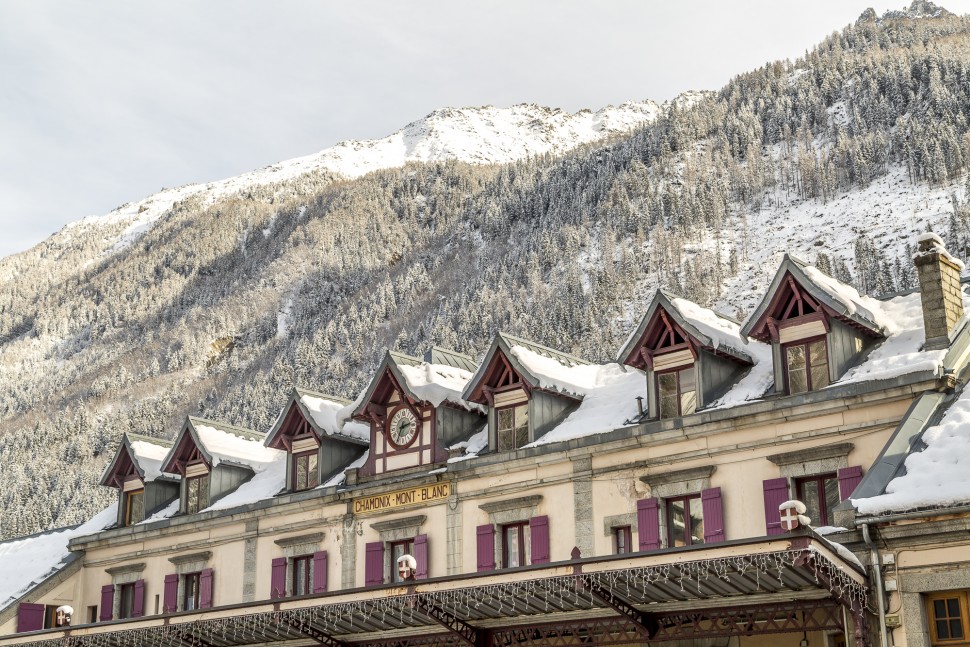
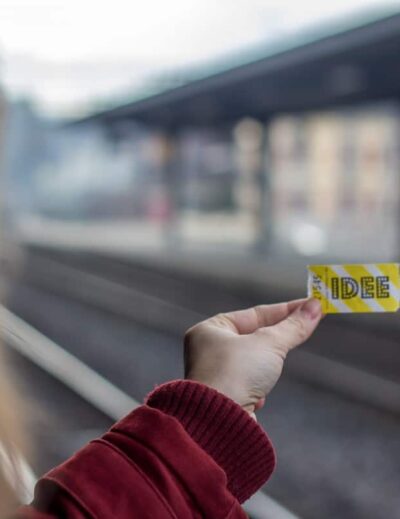
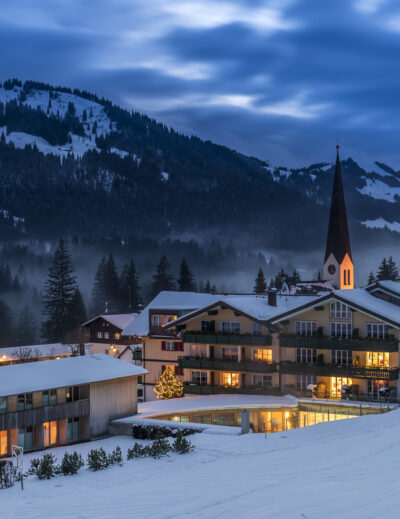
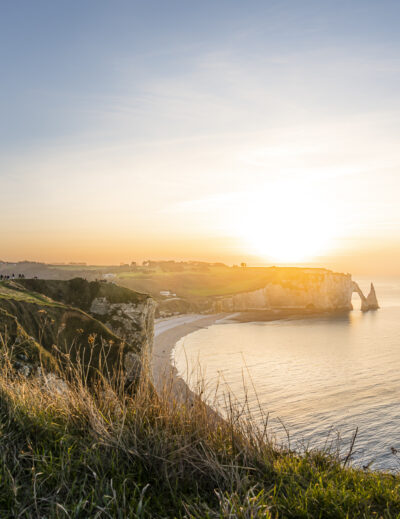
Leave a Reply